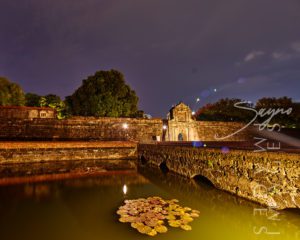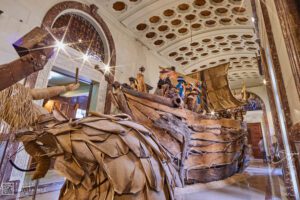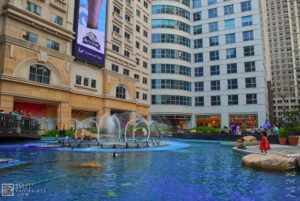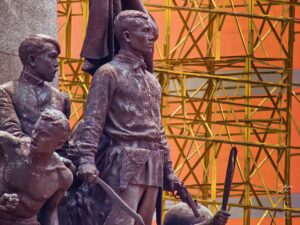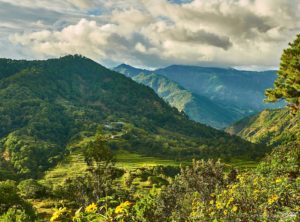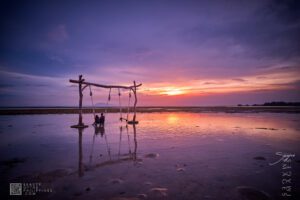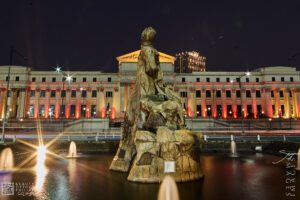THE BEAUTY OF
Luzon
Corregidor Island, Cavite
THE BEAUTY OF
Luzon
- Philippines
Luzon is the largest and most populous island in the Philippines. It is ranked 15th largest in the world by land area. Located in the northern portion of the archipelago, it is the economic and political center of the nation, being home to the country’s capital city, Manila, as well as Quezon City, the country’s most populous city. With a population of 53 million as of 2015, it is the fourth most populous island in the world, containing 52.5% of the country’s total population.
Luzon may also refer to one of the three primary island groups in the country. As such, it includes the Luzon mainland, the Batanes and Babuyan groups of islands to the north, Polillo Islands to the east, and the outlying islands of Catanduanes, Marinduque and Mindoro, among others, to the south.. The islands of Masbate, Palawan and Romblon are also included as well, though these three are sometimes grouped in the Visayas.
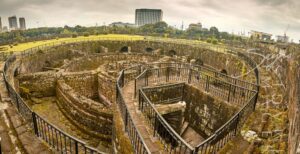

Baluarte de San Diego: Step Into History in the Heart of Manila
You know how sometimes, you stumble upon a place that feels like stepping straight into a history book—except the pages come alive? That’s exactly the feeling you get when you visit Baluarte de San Diego inside Intramuros, Manila.
This isn’t just another old stone structure. Baluarte de San Diego is one of the oldest fortifications in the Philippines, dating all the way back to the late 1500s. It was originally designed by Jesuit priest and military engineer Antonio Sedeño as a round stone tower called Nuestra Señora de Guia. Pretty amazing, right? Over the centuries, it evolved—battered by wars, earthquakes, and time itself—until what we see today: a dramatic, ace-of-spades-shaped bastion that’s been lovingly restored to tell its story.


UST Church Santísimo Rosario Parish: A Sacred Stop in the Heart of UST, Manila
If you’re exploring Manila and looking for more than just the usual heritage stops, make room on your itinerary for a place that blends quiet spirituality with history—the UST Church Santísimo Rosario Parish inside the University of Santo Tomas. It’s not just another old church. It’s a living, breathing part of the oldest existing university in Asia, and it carries stories shaped by war, faith, and generations of Thomasian devotion.
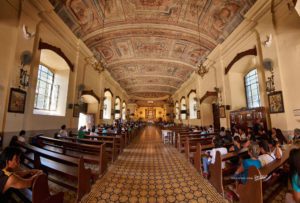

Calaca Church: Nurturing Faith and Legacy of St. Raphael the Archangel in Batangas
It is with Raphael the Archangel that the 184-year-old Spanish Colonial era church in Batangas gets its name. The Calaca Church is more commonly known to many as Saint Raphael the Archangel Parish.


Tingloy Island: Beaches, Peaks, and Underwater Wonders
The Municipality of Tingloy Island got its name a little bit from a legend. Due to its location in Batangas, Philippines, it is almost named after its very own plant known as “tinghoy”. Among the few islands in the
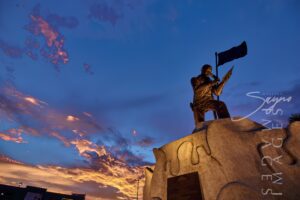

Andres Bonifacio Birthplace Monument: Honoring the Legacy in Tondo, Manila
The Andres Bonifacio Birthplace Monument in Tutuban, Divisoria stands as a powerful symbol of Filipino patriotism and a tribute to the courage and leadership of Andres Bonifacio, the Father of the Philippine Revolution. Located in the bustling commercial district of Divisoria, Manila, this monument is a significant historical landmark that honors Bonifacio’s role in the struggle for Philippine independence from Spanish colonial rule.


Binondo Chinatown: A Culinary and Cultural Adventure in the Oldest Chinatown
In addition to being considered the oldest Chinatown in the world, Binondo Chinatown is also the center of trade and commerce in Manila City. In actuality, it is actually a district within Binondo District, commonly referred to


Iloilo Dinagyang Festival: A Cultural Highlight of the 127th Philippine Independence Day
You know what? You haven’t truly felt the power of Filipino pride until you’ve seen the pulse of Dinagyang beating alongside the roar of Independence Day. On June 12, 2025, Iloilo City’s cultural pride—its legendary Dinagyang Festival—took the national stage at the Parada ng Kalayaan held at Quirino Grandstand in Manila. Fresh off its high-energy performances at home, Dinagyang wowed the crowd and the judges, clinching the coveted 1st runner-up in the national Festival Performance Competition.
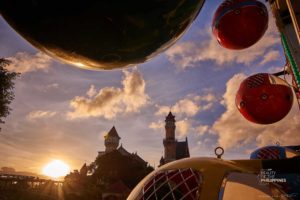

Fantasy World: From Decay to Regal Beauty
The Fantasy World theme park sits alone and quietly in Lemery, Batangas Province, and is known as the supposed Disney World as well as one of the Philippines’ biggest, grandest, and best theme parks. There is no doubt that this
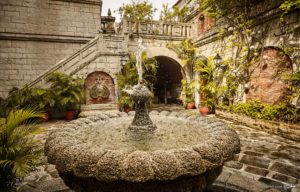

Casa Manila: Unveiling Spanish-Filipino Heritage Through Historical Charm
Casa Manila, located in the heart of Intramuros, Manila, is a living museum that transports visitors to the grandeur of the Spanish colonial era. As one of the key attractions in the historic walled city, Casa Manila offers an immersive experience into the lifestyle of affluent Filipinos, known as ilustrados, during the 19th century.


Tanauan Church: Triumph of Faith in the Midst of Challenges
It was once a stone church, that was built during the Spanish colonial era in Tanauan, Batangas, and was known as Tanauan Church or St John the Evangelist Church. It holds a lot of historical value within its walls.
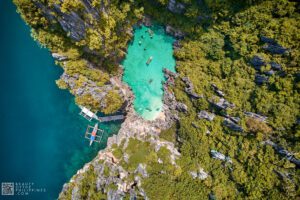

Tangke Saltwater Lagoon: Iloilo’s Hidden “Natural Pool” Adventure
If you’re craving an adventure that feels straight out of a tropical dream, let me tell you about a little slice of paradise tucked away in Carles, Iloilo — Tangke Saltwater Lagoon. It’s the kind of place that makes you stop, stare, and say, “How is this even real?” Here’s the thing: Tangke isn’t your ordinary lagoon. It’s a natural saltwater pool cradled by towering limestone cliffs, forming a “tank” (or “tangke” in Filipino) that only fills up properly when the tide is right. Think Palawan vibes but without the crowds — just you, the cool saltwater, and the dramatic gray cliffs standing like ancient guardians around you.
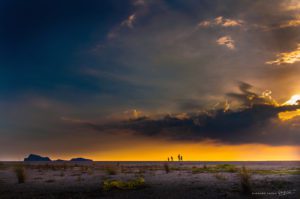

Pundaquit and San Miguel: Coastal Gems of San Antonio, Zambales
Pundakit, or the Municipality of Pundaquit of San Antonio, in Zambales Province, is a fishing village that boasts a multilingual local population (Ilocano, Zambal, Tagalog) and is increasingly known as the place to go to enjoy the beach, mountains, and picturesque coves of the town.
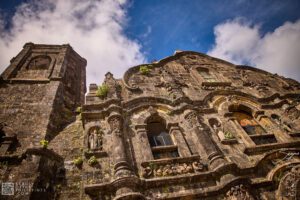

Lucban Church: A Testament to Faith and Resilience
Right in the heart of Lucban, Quezon, you’ll find the San Luis Obispo de Tolosa Parish Church, more commonly known as Lucban Church. This centuries-old church, dedicated to Saint Louis of Toulouse, is more than just a place of worship—it’s a symbol of the town’s deep Catholic faith and enduring devotion.
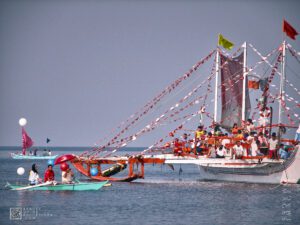

Sigpawan Festival: Lemery’s Vibrant Easter Celebration of Bounty and Culture
Each year, the Sigpawan Festival, which is held in Lemery, Batangas, takes place on Easter Sunday. The highlight of the festival is the Fluvial procession along the town’s coastal lines. This festival aims to showcase the rich


Nagbalayong Beach: A Serene Escape in Bataan
Nagbalayong beach, known for its Pawikan Conservation Centre and fishing community, lies at Morong town in Bataan Province. It has a wide area of seven kilometres and is a nesting ground for Pawikans, also known as sea turtles in English. It is also characterized by grey sand on its shores and isn’t the typical beach resort due to the strong tides and currents that often take place here, but it certainly makes a great destination for city-weary travelers to relax under the sun.
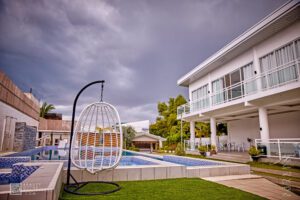

Island Dreamer Resort: A Quiet Escape in Talisay, Batangas That Feels Like Home
Located in Barangay Caloocan, Talisay, Batangas—just a couple of hours’ drive from Metro Manila—is a quiet little spot that’s as unbothered as it is underrated: Island Dreamer Resort. It’s not the kind of place that shows up in glossy travel magazines or trending TikToks—and honestly, that’s part of its charm. If you’ve ever craved a beach escape that doesn’t come with the chaos of crowds or the stiffness of five-star formality, this humble hideaway just might be what you’re looking for.


Silang Church: Discovering the Soul of Cavite in Timeless Silang
Tucked in the cool uplands of Silang, Cavite, just a quick detour from Tagaytay’s bustling ridges and coffee spots, stands a quiet landmark that tells centuries’ worth of stories: Silang Church, officially known as the Our Lady of Candelaria Parish Church. If you’re someone who finds meaning in old stones, sacred art, and the subtle grace of heritage, this stop should be on your radar—like, seriously.


Plaza Rajah Sulayman: A Vibrant Landmark by Manila Bay
If you’re exploring Manila, one spot you shouldn’t miss is Plaza Rajah Sulayman, a scenic and historically significant public square in the heart of Malate, Manila. Overlooking Manila Bay, this vibrant plaza is a must-visit for history buffs, cultural enthusiasts, and those looking for a perfect spot to relax and soak in the city’s charm.


Quezon Zigzag Road: The Wild Ride Through Bitukang Manok
The Quezon Zigzag Road was built in 1969 during the Marcos administration, designed to link Quezon Province with the Bicol Region. Faced with the rugged Sierra Madre range, engineers carved a road right through it. The result? A sharp, winding route with tight curves and steep ascents—earning it a reputation as one of the most challenging drives in Southern Luzon.
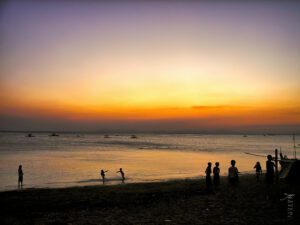

Balayan Bay: A Coastal Gem in Batangas Province
Among the many contributions of Balayan Bay that Batanguenos are proud of, the bay served as a fishing village and a summer retreat for locals to enjoy cold water and a great view during the summer months.
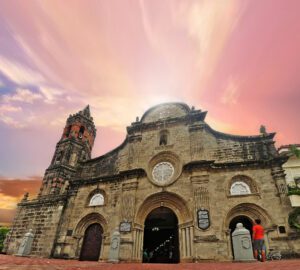

Barasoain Church: A Symbol of Democracy and Historical Resilience in Malolos
As it is commonly known, the Barasoain Church, one of the most historic religious buildings in the Philippines, and the site of the first Philippine Republic, has been designated as the “Cradle of Democracy in the East”. It sits quietly full of history at the heart of Malolos, Bulacan Province.


The Iconic Manila City Hall: A Must-See Landmark in the Heart of the Capital
Nestled in the historic district of Ermita, Manila City Hall is more than just the seat of the city’s government—it’s a testament to the rich history, resilience, and evolving culture of the Philippines’ capital. Whether you’re a history enthusiast, an architecture lover, or a traveler looking for unique experiences, this landmark is a must-visit when exploring Manila.


Mount Carmel Shrine: A Spiritual and Cultural Landmark in Quezon City
When in Quezon City, one of the most serene and awe-inspiring places to visit is the Mount Carmel Shrine, a haven of peace, spirituality, and cultural heritage. Whether you are a devout follower or simply looking to immerse yourself in a place that offers tranquility and beautiful architecture, this shrine provides an enriching experience that goes beyond the usual tourist stops.
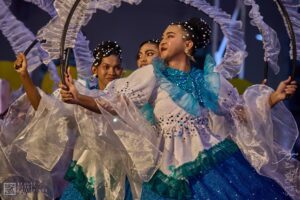

Three Kings Festival: Celebrating Tradition and Community in Mabitac, Laguna
In Mabitac, Laguna, the celebration has been embraced wholeheartedly, particularly intertwining it with the town’s founding anniversary to create a grand town festival. It has become a significant event in the area. The Three Kings Festival, also known as the Feast of the Epiphany, holds a special place in the hearts of Filipino Catholics, observed annually on January 6th. It’s not just another date on the calendar; rather, it’s a cherished event that unites communities in joyful celebration.
Luzon
BROWSE BY CATEGORIES
ARCHITECTURE
HERITAGE
CHURCH
FAITH
NATURAL ATTRACTIONS
ADVENTURE
FESTIVALS
EVENTS
please share and comment
All photographs that appear on the site are copyright of Mariano Sayno. ©2017 Mariano Sayno.





